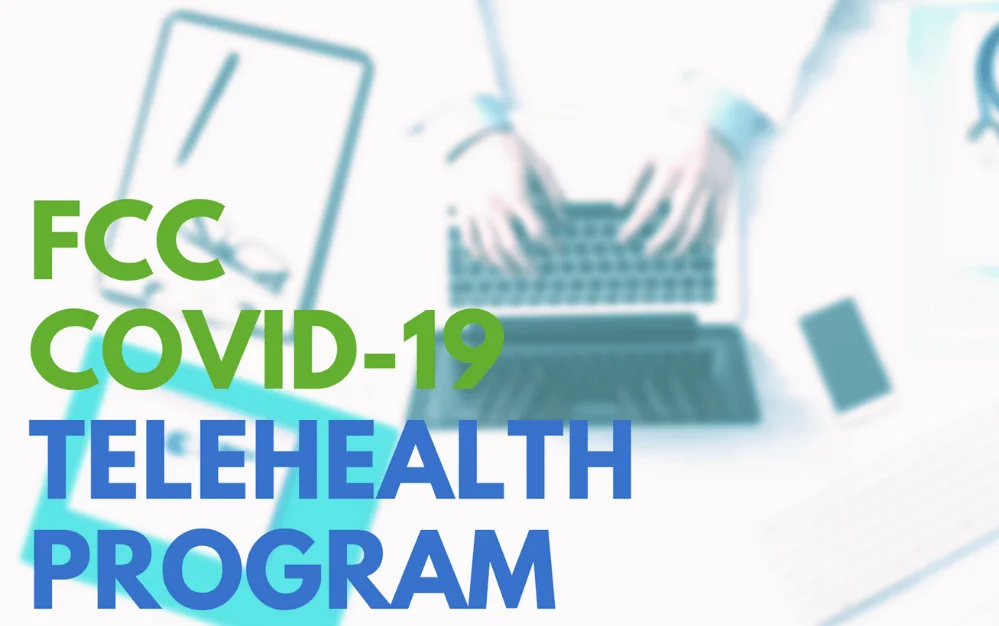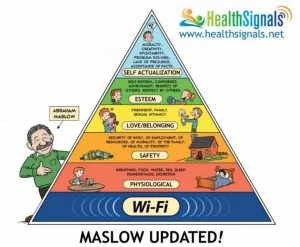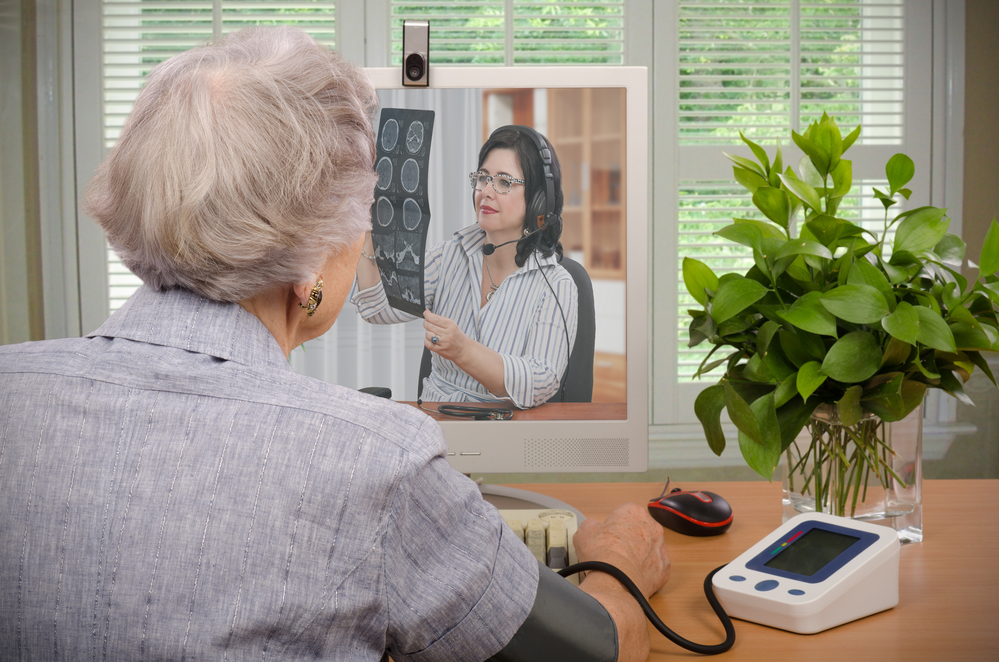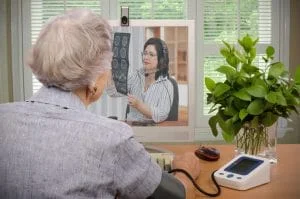
New Healthcare Technology Funding: Does Your Center Qualify for the FCC COVID-19 Telehealth Program?
The pressures of COVID-19 are forcing us to rely on telehealth now more than ever. Companies and care facilities of all kinds have had to adapt their practices to support new telehealth solutions, but many of these solutions are costly and out of reach for struggling facilities.
To help, the Federal Communications Commission (FCC) recently adopted a $200 million COVID-19 Telehealth Program to aid healthcare facilities in providing better telehealth services to their patients.

Who’s Eligible?
The program is open to non-profit and public healthcare providers who meet certain criteria defined in the 1996 Telecommunications Act. Generally, funding will be available to the following facilities:
- Not-for-profit hospitals and health clinics
- Local health departments
- Senior living centers and community health centers
- Rural and non-rural health clinics
- Skilled nursing facilities
Note that this is not an exhaustive list, and all non-profit or public healthcare clinics are welcome to apply to the program. However, all applicants will need to receive an eligibility assessment from the Universal Service Administrative Company (USAC) before being accepted.
Which Services and Devices Are Covered?
The program will help providers pay for devices and services that are necessary for providing remote health services to patients in response to the COVID-19 outbreak such as:
- Health monitoring tools such as pulse oximeters
- Information and connectivity services, including Medical Grade Wi-Fi and voice services
- Connected devices, including tablets and smartphones that enable connected care at home
All devices must be digitally-connected and integral to patient care to be considered.
Can I Improve My Odds of Getting Approved?
Although the FCC will make the final call on all applications, they’ll be using certain criteria to assess each applicant’s needs:
- Local conditions and severity of COVID-19 impacts in the region
- The amount of funding allocated for vulnerable or high-risk patients
- The goals, objectives, and timeline of each applicant’s funding strategy
- The geographic size of each region and its existing healthcare infrastructure
Overall, these regulations are designed to ensure that support is given to the areas hit hardest by the pandemic, as well as to facilities that require telehealth services to protect high-risk patients.
How Does Reimbursement Work?
Note that the COVID-19 Telehealth Program isn’t a grant. Applicants accepted to the program will need to provide invoices and other documentation for each of the products or services that they purchase. In addition, they may need to adhere to other FCC reporting requirements as noted in the program guidelines.
How Do I Start?
Healthcare facilities interested in the reimbursement program can’t afford to wait. Here’s a quick rundown of what you need to get started:
- Register for an FCC Registration Number (FRN) in the Commission’s Registration System
- Receive your eligibility determination from the USAC’s online portal
- Register with the U.S. government’s System for Award Management portal
- Submit your funding application on the FCC’s program website
If you’re a senior living facility who needs help navigating your application, contact us at HealthSignals and we’ll be happy to walk you through the details.

 Maslow’s Hierarchy of Needs is a psychological theory outlining what we, as human beings, need to survive and thrive. For those unfamiliar with it,
Maslow’s Hierarchy of Needs is a psychological theory outlining what we, as human beings, need to survive and thrive. For those unfamiliar with it, 
 Even though the days of the common house call are long gone, for many patients traveling to see a doctor can be a challenge. Seniors face personal mobility issues and transportation hurdles that often prevent them from getting the care they need.
Even though the days of the common house call are long gone, for many patients traveling to see a doctor can be a challenge. Seniors face personal mobility issues and transportation hurdles that often prevent them from getting the care they need.
